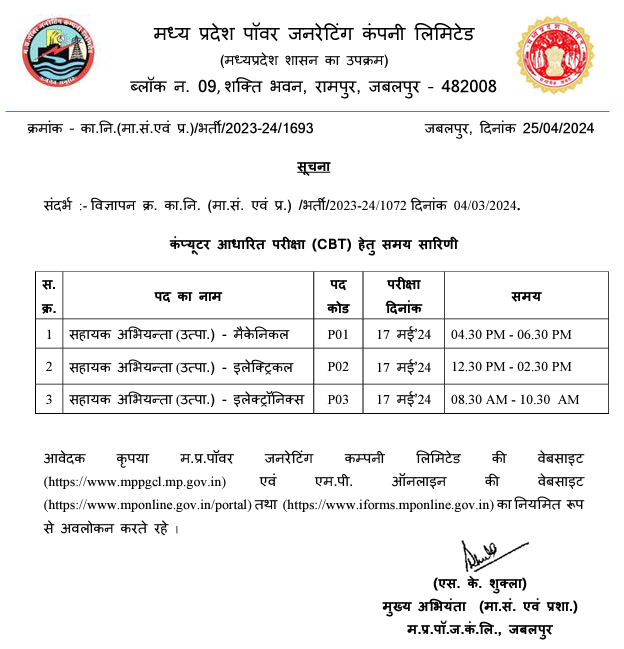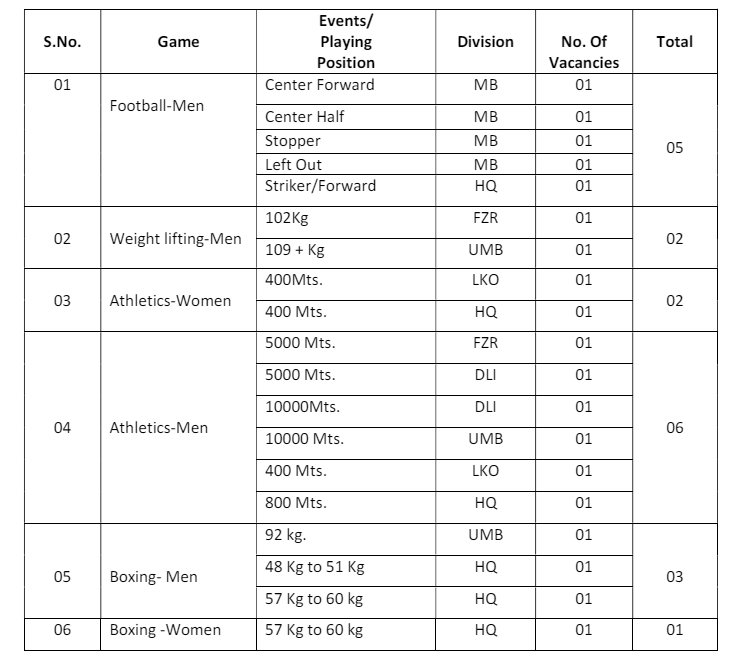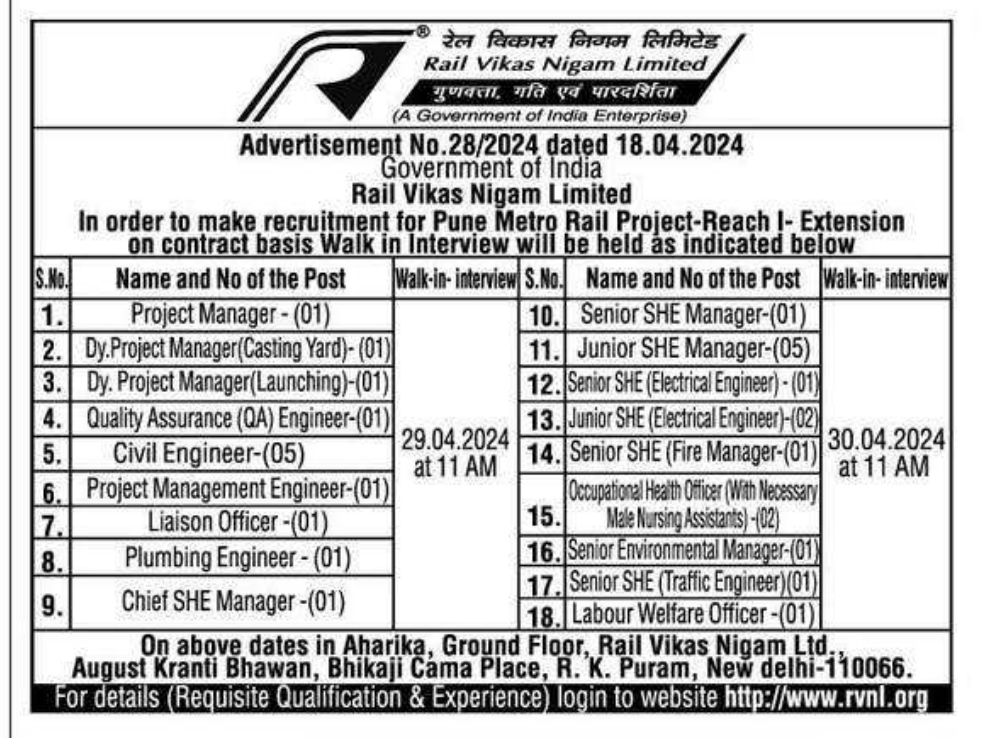Electrical Transistor Amplifiers Questions

Category –EE MCQ PDF
Telegram-Join Us On Telegram
Attempt Free Electrical Transistor Amplifiers Questions Here. Read The Important Electrical Transistor Amplifiers Questions MCQ From Below.
1. A single stage transistor amplifier contains ……………. and associated circuitry
1.Two transistors
2.One transistor
3.Three transistor
4.None of the above
Ans : 2
2. The phase difference between the output and input voltages of a CE amplifier is ………………..
1.180o
2.0o
3.90o
4.270o
Ans : 1
3. It is generally desired that a transistor should have …………….. input impedance
1.Low
2.Very low
3.High
4.Very high
Ans : 3
Electrical Transistor Amplifiers Questions
4. When an a.c. signal is applied to an amplifier, ,the operating point moves along …………….
1.c. load line
2.c. load line
3.both d.c. and a.c. load lines
4.none of the above
Ans : 2
5. If the collector supply is 10V, then collector cut off voltage under d.c. conditions is ………….
1.20 V
2.5 V
3.2 V
4.10 V
Ans : 4
6. In the zero signal conditions, a transistor sees ……………….. load
1.dc.
2.ac.
3.both d.c. and a.c.
4.none of the above
Ans : 1
7. The input capacitor in an amplifier is the ……………….. capacitor
1.Coupling
2.Bypass
3.Leakage
4.None of the above
Ans : 1
8. The point of intersection of d.c. and a.c. load lines is called ……………..
1.Saturation point
2.Cut off point
3.Operating point
4.None of the above
Ans : 3
9. The slope of a.c. load line is ……………… that of d.c. load line
1.The same as
2.More than
3.Less than
4.None of the above
Ans : 2
Electrical Transistor Amplifiers Questions
10. If a transistor amplifier draws 2mA when input voltage is 10 V, then its input impedance is ……..
1.20 kΩ
2.2 kΩ
3.10 kΩ
4.5 kΩ
Ans : 4
11. When a transistor amplifier is operating, the current in any branch is ……………
1.Sum of a.c. and d.c.
2.ac. only
3.dc. only
4.difference of a.c. and d.c.
Ans : 1
12. The purpose of capacitors in a transistor amplifier is to ………………
1.Protect the transistor
2.Cool the transistor
3.Couple or bypass a.c. component
4.Provide biasing
Ans : 3
13. In the d.c. equivalent circuit of a transistor amplifier, the capacitors are considered ……………..
1.Short
2.Open
3.Partially short
4.None of the above
Answer : 2
14. In a CE amplifier, voltage gain = ……………. x RAC/Rin
1. α
2. (1 + α)
3. (1+ β)
4. β
Ans : 4
Q15. In practice, the voltage gain of an amplifier is expressed ……………..
1.As volts
2.As a number
3.In db
4.None of the above
Ans : 3
16. If the power and current gains of a transistor amplifier are 16500 and 100 respectively, then voltage gain is ………
1.165
2.165 x 104
3.100
4.None of the above
Ans : 1
Electrical Transistor Amplifiers Questions
17. If RC and RL represent the collector resistance and load resistance respectively in a single stage transistor amplifier, then a.c. load is ……..
1.RL + RC
2.RC || RL
3.RL – RC
4.RC
Ans : 2
18. In a CE amplifier, the phase difference between voltage across collector load RC and signal voltage is ………..
1.180o
2.270o
3.90o
4.0o
Ans : 4
19. In the a.c. equivalent circuit of a transistor amplifier, the capacitors are considered ………….
1.Short
2.Open
3.Partially open
4.None of the above
Ans : 1
20. In a single stage transistor amplifier, RC and RL represent collector resistance and load resistance respectively. The transistor sees a d.c. load of ………..
1.RC + RL
2.RC || RL
3.RL
4.RC
Ans : 4
21. The purpose of d.c. conditions in a transistor is to …………..
1.Reverse bias the emitter
2.Forward bias the collector
3.Set up operating point
4.None of the above
Ans : 3
Electrical Transistor Amplifiers Questions
22. An amplifier has a power gain of 100. Its db gain is ……………
1.10 db
2.20 db
3.40 db
4.None of the above
Ans : 2
23. In order to get more voltage gain from a transistor amplifier, the transistor used should have …………..
1.Thin base
2.Thin collector
3.Wide emitter
4.None of the above
Ans : 1
24. The purpose of a coupling capacitor in a transistor amplifier is to ……….
1.Increase the output impedance of transistor
2.Protect the transistor
3.Pass a.c. and block d.c.
.Provide biasing
Ans : 3
25. The purpose of emitter capacitor (i.e. capacitor across RE) is to ……….
1.Avoid voltage gain drop
2.Forward bias the emitter
3.Reduce noise in the amplifier
4.None of the above
Ans : 1
26. The ratio of output impedance of a CE amplifier is ……………
1.About 1
2.Low
3.High
4.Moderate
Ans : 4
27. If a transistor amplifier feeds a load of low resistance (e.g. speaker), then voltage gain will be ………….
1.High
2.Very high
3.Moderate
4.Low
Ans : 4
Electrical Transistor Amplifiers Questions
28. If the input capacitor of a transistor amplifier is short-circuited, then………
1.Transistor will be destroyed
2.Biasing conditions will change
3.Signal will not reach the base
4.None of the above
Ans : 2
29. The radio wave picked up by the receiving antenna is amplified about …….. times to have reasonable sound output
1.1000
2.A million
3.100
4.10000
Ans : 2
30. A CE amplifier is also called ………….. circuit
1.Grounded emitter
2.Grounded base
3.Grounded collector
4.None of the above
Ans : 1
31. The d.c. load of a transistor amplifier is generally ………….. that of a a.c. load
1.The same as
2.Less than
3.More than
4.None of the above
Ans : 3
32. The value of collector load RC in a transistor amplifier is ………… the output impedance of the transistor.
1.The same as
2.Less than
3.More than
4.None of the above
Ans : 2
Electrical Transistor Amplifiers Questions
33. A single stage transistor amplifier with collector load RC and emitter resistance RE has a d.c. load of ……….
1.RC
2.RC || RE
3.RC – RE
4.RC + RE
Ans : 4
34. In transistor amplifiers, we generally use ………….. capacitors.
1.Electrolytic
2.Mica
3.Paper
4.Air
Ans : 1
35. A single stage transistor amplifier with no load sees an a.c. load of ……..
1.RC + RE
2.RC
3.RC || RE
4.RC/RE
Ans : 2
36. The output power of a transistor amplifier is more than the input power because the additional power is supplied by …………
1.Transistor
2.Biasing circuit
3.Collector supply VCC
4.None of the above
Ans : 3
37. A transistor converts ……………
1.dc. power into a.c. power
2.ac. power into d.c. power
3.high resistance into low resistance
4.none of the above
Ans : 1
Electrical Transistor Amplifiers Questions
38. A transistor amplifier has high output impedance because ………..
1.Emitter is heavily doped
2.Collector has reverse bias
3.Collector is wider than emitter or base
4.None of the above
Ans : 2
39. For highest power gain, one would use …………….. configuration
1.CC
2.CB
3.CE
4.none of the above
Ans : 3
40. CC configuration is used for impedance matching because its ……………..
1.Input impedance is very high
2.Input impedance is low
3.Output impedance is very low
4.None of the above
Ans : 1
Electrical Transistor Amplifiers Questions














